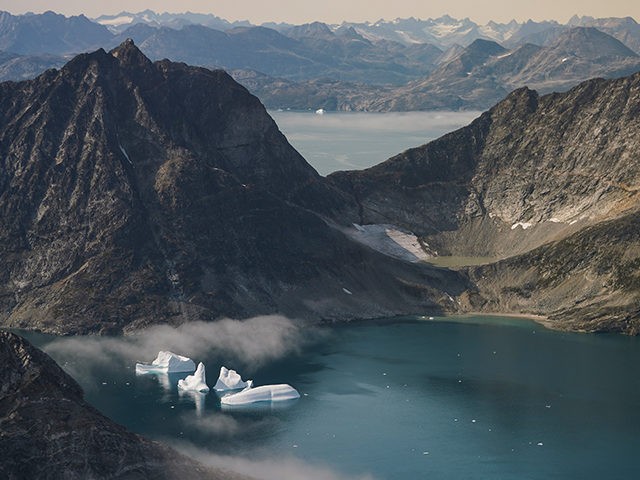A man from Dildo, Newfoundland, took a photo Thursday of an iceberg that has caused people to blush and laugh.
The iceberg resembling a penis was spotted in Newfoundland’s Conception Bay and Ken Pretty told the Toronto Star, “It’s unreal how much it looked like part of the male anatomy.”
He shared the images online that evening and knew people would respond with hilarious jokes. Someone eventually nicknamed it the “dickie berg” and it continued drawing attention from across the globe.
An image shows the blue iceberg floating in the dark waters:
Photo of penis-shaped iceberg goes viral — and it was taken by a man from Dildo https://t.co/QCuGjjAkeq pic.twitter.com/MGsVTJDkhh
— Daily Mail Online (@MailOnline) May 2, 2023
Social media users had lots of funny comments to add to the photo the New York Post shared on Tuesday, one person writing, “Gives a new meaning to ‘blue balls.'”
“I always thought they were full of it when they said that climate change was misogynistic,” another jokingly said, while someone else questioned, “How do you think ice reproduce?”
Man from Dildo discovers iceberg shaped like giant penis https://t.co/aral9i13hs pic.twitter.com/V4BAoQbSeQ
— New York Post (@nypost) May 2, 2023
According to the Star, each spring icebergs can be seen in Newfoundland and Labrador waters due to the northern ocean currents.
The National Ocean Service defines an iceberg as a piece of ice that broke from a glacier or shelf ice.
“To be classified as an iceberg, the height of the ice must be greater than 16 feet above sea level and the thickness must be 98-164 feet and the ice must cover an area of at least 5,382 square feet,” the service’s website read:
There are smaller pieces of ice known as “bergy bits” and “growlers.” Bergy bits and growlers can originate from glaciers or shelf ice, and may also be the result of a large iceberg that has broken up. A bergy bit is a medium to large fragment of ice. Its height is generally greater than three feet but less than 16 feet above sea level and its area is normally about 1,076-3,229 square feet. Growlers are smaller fragments of ice and are roughly the size of a truck or grand piano. They extend less than three feet above the sea surface and occupy an area of about 215 square feet.
When it comes to shapes, “Tabular icebergs have steep sides and a flat top. Non-tabular icebergs have different shapes, with domes and spires,” the service noted.

COMMENTS
Please let us know if you're having issues with commenting.